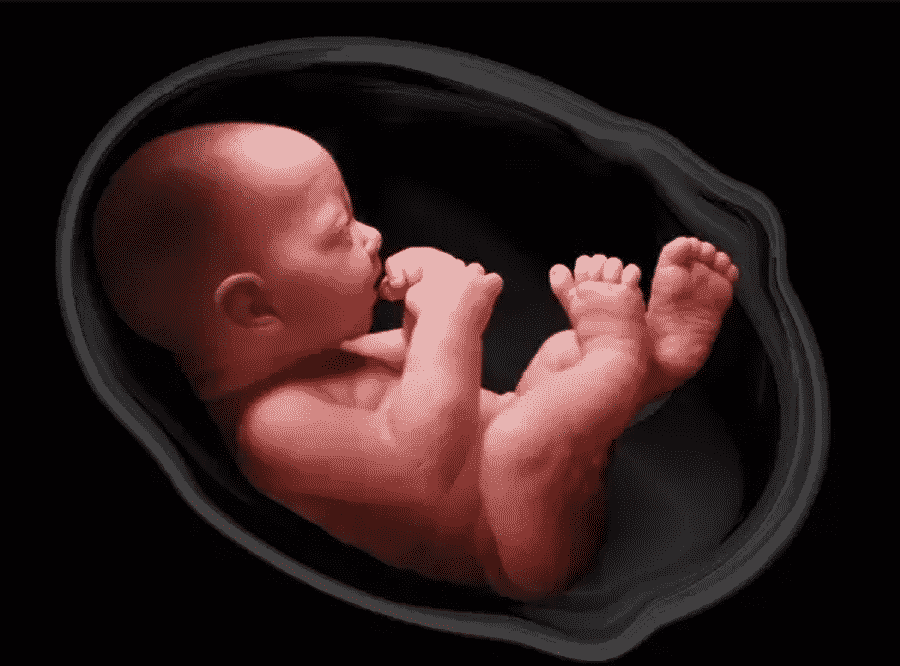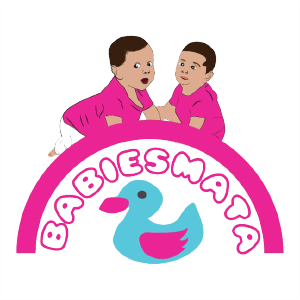Amazing Things Babies Learn in the Womb

It is easy to assume that because your baby doesn\’t see the world outside the womb, he cannot pick anything while in the womb. But research has shown that babies do and learn more than we know. Fetal intelligence is now known to exist in the womb.
Between twenty-two- and twenty-three-weeks\’ gestation, your baby begins to hear your voice and sounds around you. They experience the effect of your happy, sad, angry, and not so pleasant emotions, stress, and movement. Babies begin to develop their taste buds to taste the food and spices you take in and respond to touch. All these are to prepare your little one for life outside the womb and bond with you.
This means you can start training your baby\’s cognitive abilities and help his developing central nervous system at every stage to prepare to meet you and life outside the womb. You can do this by reading to your child, singing to your baby, playing music, and musical instruments, touching your stomach while speaking greatness to your baby.
Although some experts argue that babies only begin to learn after birth, several instances suggest otherwise.
What can babies learn from the womb?
Identify sound and language
At twenty-two weeks, your baby starts recognizing sounds and starts getting used to your voice. At 34 weeks, your baby can understand nursery rhymes and musical sounds already. Your baby starts learning to differentiate his mother\’s voice from other people\’s voices. Research has shown that baby\’s start learning a language in the uterus. Their ear is developing every day to adapt to life outside the womb; they begin to recognize their mother\’s voice and learn her language. You should feel free to talk to your baby. Speak your mother tongue to your baby, sing, and communicate what is happening around to your baby.
Sense of taste
One of the things that develop early in babies is the taste bud. At thirteen weeks of gestation, your baby\’s taste buds have developed. Babies can begin to differentiate the various tastes of food and spices their mothers consumed and begin to have a preference.
Studies have found garlic, ginger, cinnamon, and some other spices present in the amniotic fluid. This shows that babies can taste some of what the mother eats directly from swallowing the amniotic fluid. When the baby is born and takes the mother\’s breast milk, he doesn\’t find it strange.
When my daughter was born, she didn\’t take breastmilk for three days. On the fourth day, when I discovered I was lactating, I paused my mother to feed her the formula and put her to the breast. The moment she tasted breast milk, she became glued to me. When we offered her the formula again, she refused to date. The baby formula was strange to her but not the taste of my breastmilk.
That is why it becomes vital for a pregnant woman to vary her diet as much as she can. This will help your baby not be a picky eater, but that doesn\’t mean that babies won\’t be picky eaters.
Recognize their mom through smell
A baby\’s sense of smell will help him identify his mother. In the womb, a baby not only learns to taste but also to smell. This is because amniotic fluid supports their survival and carries the spice scent which the mother consumed. A baby identifies his mother by his sense of smell and taste and only starts identifying with his sight after a few weeks.
Ability to see light
A baby\’s eyes are sealed until about seven months of gestation, but babies cannot see anything because the womb is dark. Studies have shown that when light is pointed at a pregnant woman\’s tummy, the baby reacts to the light by turning away. Towards delivery, babies begin to open and close their eyes in preparation for the outside world.
Sense of touch and movement
Babies start responding to touch by eight weeks of gestation. When you feel your pregnancy bump, your baby will move in response to your touch, especially when you touch your baby\’s face. As your baby gets bigger, he gets to move more. This is a baby\’s way of exploring his environment. Babies can turn in opposite directions and take different positions until the space in the womb becomes limited. If you learn to touch your bump often while also speaking to your child, you will be bonding with your baby from the womb. As you practice some workout moves, your baby will also respond to the movement and learn it too. Babies would also be able to relax from the exercise.
Swimming
Babies learn to swim from the womb because they are surrounded by amniotic fluid. They grow and survive in the amniotic fluid. Babies are said to have their swimming abilities until they are six months. After six months, babies who are not taught to continue swimming begin to lose the ability to swim and would have to relearn it.
Suckling
Have you ever wondered how many babies learn to suck when put to the breast with little or no difficulty? Babies learn this reflex from the womb. The moment they are put to the breast, it begins to look like an old tradition. Babies suck their fingers when they are in the womb, this makes it easier for them to be able to suck their mother\’s breast when placed to latch properly.








